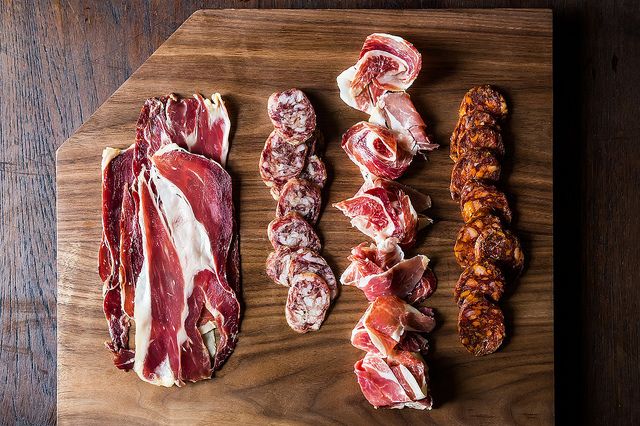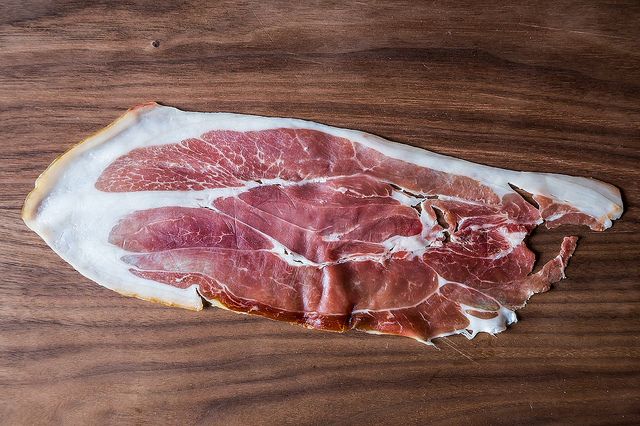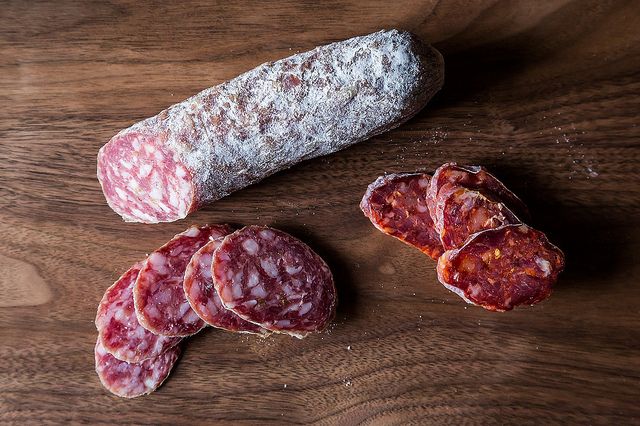Popular on Food52
Continue After Advertisement
6 Comments
angel
April 25, 2016
that looks good!!!!!!!!!!!!!!!!!!!!!!!!!!!!!!!!!!!!!!!!!!!!!!!!!!!!!!!!!!!!!!!!!!!!!!!!!!!!!!!!!!!!!!!!!!!!!!!!!!!!!!!!!!!!!!!!!!!!!!!!!!!!!!!!!!!!!!!!!!!!!!!!!!!!!!!!!!!!!!!!!!!!!!!!!!!!!!!!!!!!!!!!!!!!!!!!!!!!!!!!!!!!!!!!!!!!!!!!!!!!!!!!!!!!!!!!!!!!!!!!!!!!!!!!!!!!!!!!!!!!
celia Y.
March 18, 2015
jamon de bellota or Serrano (spanish ham) chorizo, salchichon and longaniza( similar to Italian soppressata & saucisson), lomo etc... all of these are the Spanish types ( and are not Mexican, puertorrican, cuban etc...) very similar to the Italian.
cucina D.
March 26, 2014
My famiglia has made proscuitto, olive oil dry cured sausages and sopressata my whole life. Since moving to Florida I can no longer make these as the warm weather does not all it; I love to visit my relatives in upstate NY and Italia and fill my plate with all their homemade cured meats from their cantinas. Wonderful article, thanks for reminding me of my love for this incredible food.
Amy F.
November 27, 2012
Just a note from our charcuterier, Charles Ventre. Transatlantic Foods produces artisanal charcuterie, which is different from industrial hams and sausages in many ways, beginning with the diet of the hogs and ending with the aging period. Industrial product is produced in a way to get it from factory to table, vite, con prisa, bistra! It is boiled with additives such as nitrates to speed things up. With artisanal sausage, the raw ingredients (no artificial additives, ever!) are stuffed into natural casing (unless there are no intestines that are the right fit for a particular variety), and hung to dry. Period. Please look us up under the brand names Aux Délices des Bois and (Whole Foods) Chestnut Valley Charcuterie. Thanks for letting us share!





See what other Food52 readers are saying.